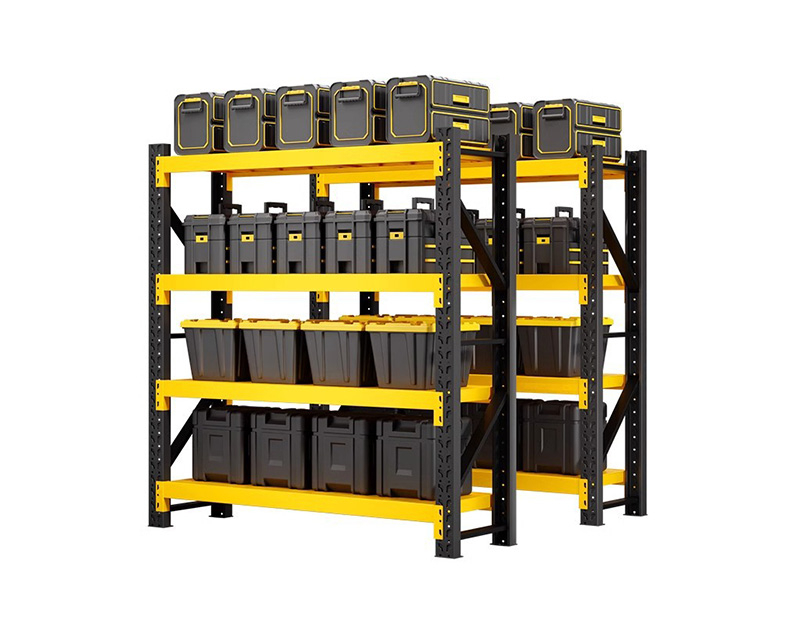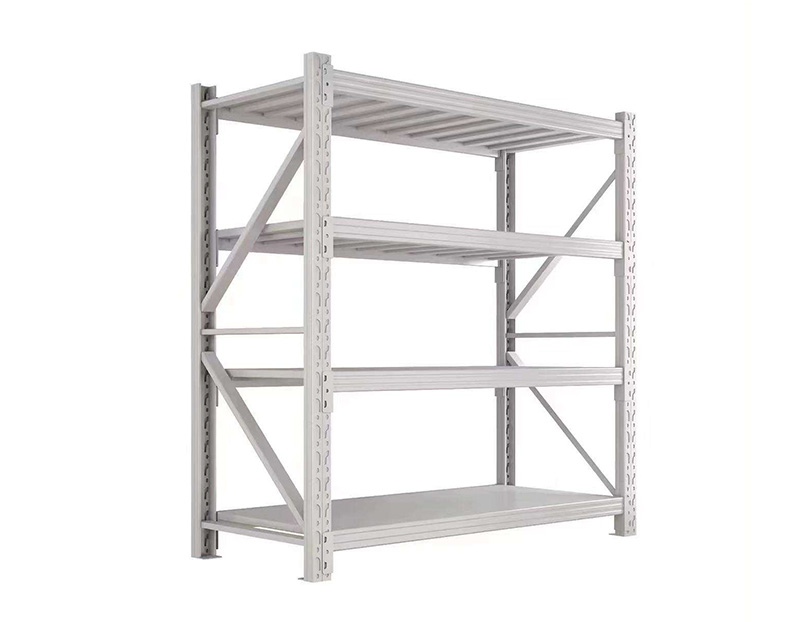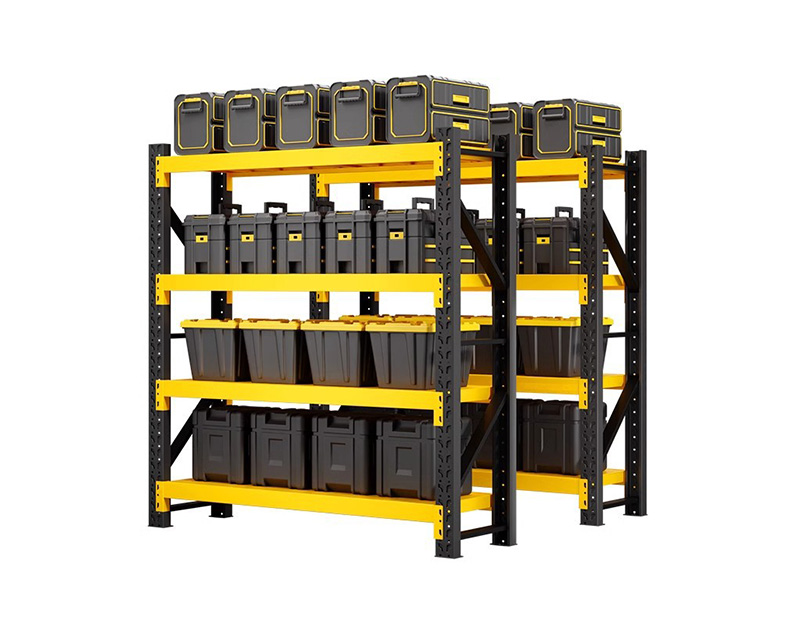Filing Cabinets: Space-Saving Layout Ideas
In modern offices where square footage is limited and flexibility is essential, choosing the right filing cabinet layout can dramatically improve both storage capacity and spatial efficiency. With a few thoughtful strategies, filing cabinets can serve as more than just storage—they can become an integrated part of your workspace.

Start by evaluating vertical space. Tall, slim vertical filing cabinets make excellent use of unused height, freeing up valuable floor area. These models are ideal for corners, narrow hallways, or beside desks, especially in private offices or home workspaces.
Consider lateral filing cabinets for shared environments. They offer wider drawers and can double as countertops, meeting room credenzas, or printer stands. Their horizontal footprint makes them perfect for placing along walls or behind workstations, contributing to a cleaner and more cohesive office layout.
Opt for mobile pedestal filing cabinets in open-plan or hot-desking setups. These compact units fit under desks and can be rolled into different locations as needed. Some models come with cushioned tops, allowing them to function as occasional seating or collaborative stations.
Built-in or wall-mounted cabinets are another excellent space-saving solution. By recessing storage into architectural features like alcoves or under windows, you create a seamless look without sacrificing accessibility or capacity.
When space is extremely tight, multi-functional storage units work best. Consider filing systems that integrate with bookshelves, lockers, or modular desks. This reduces furniture redundancy and creates a more organized environment.
Use smart zoning strategies. Group filing cabinets by department or document type to prevent clutter in centralized areas. Distribute smaller cabinets across work zones to encourage localized storage and reduce congestion.
Finally, declutter frequently. Regularly archive or digitize outdated records to free up space. Using labeling systems and color coding also helps maximize efficiency, ensuring quick access to needed files without wasting space on unnecessary materials.
In summary, effective filing cabinet layout isn’t just about where you place storage—it’s about how it supports your workflow, aesthetics, and productivity. With smart planning, even the smallest office can achieve order and functionality without compromise.
 Smart Storage Equipment: Top B
Smart Storage Equipment: Top B
 Storage Systems: Design Ideas
Storage Systems: Design Ideas
 Storage Systems: Best Software
Storage Systems: Best Software
 Storage Systems: Maximizing Sp
Storage Systems: Maximizing Sp
